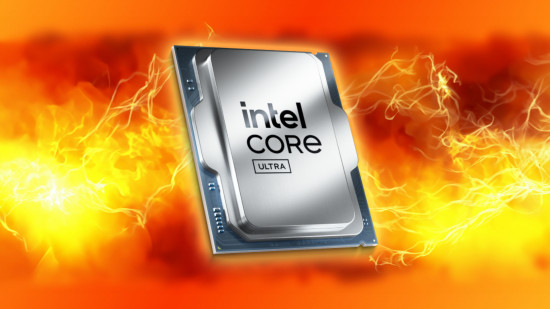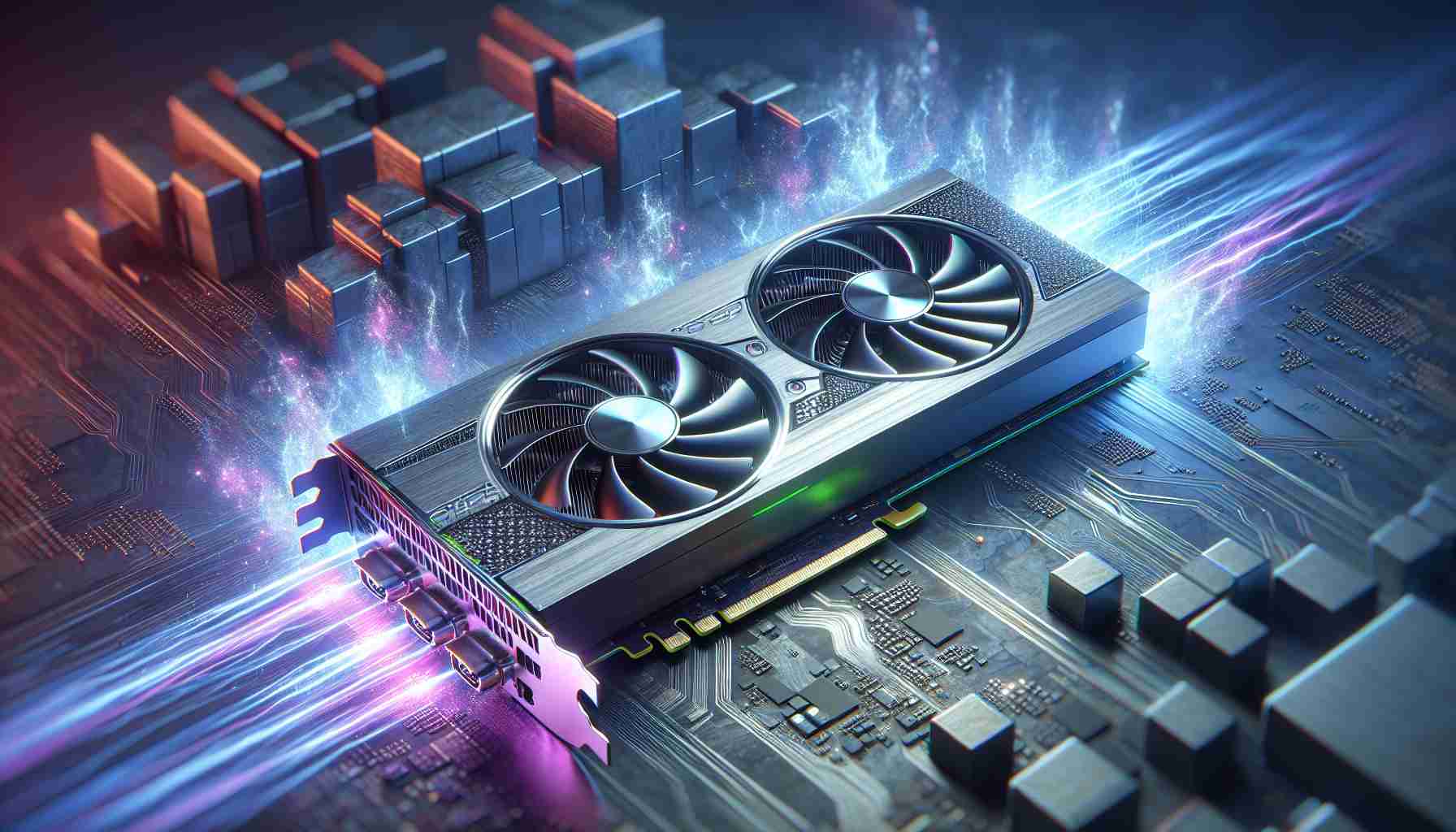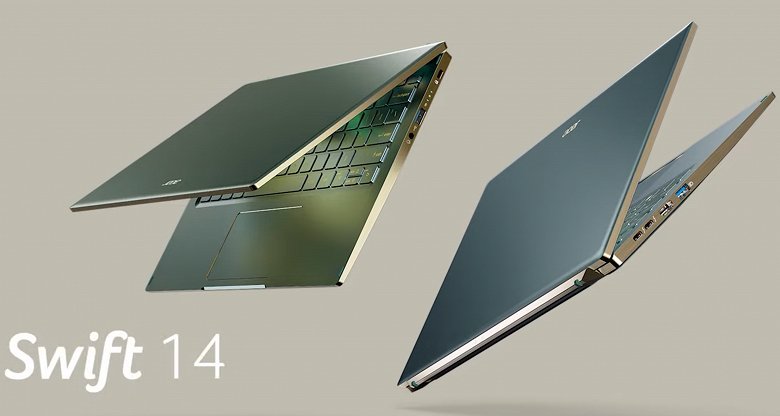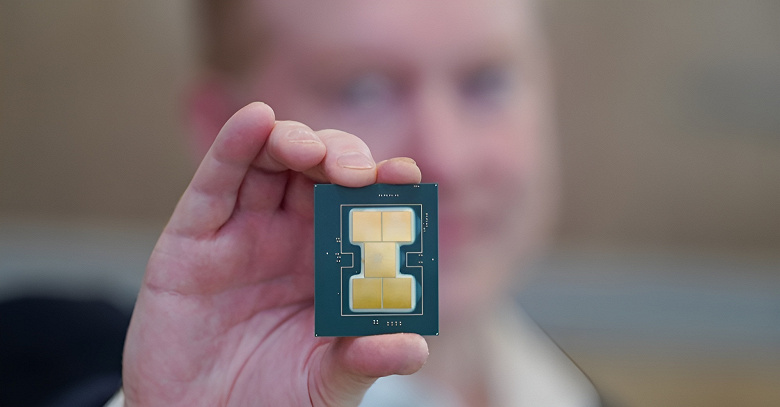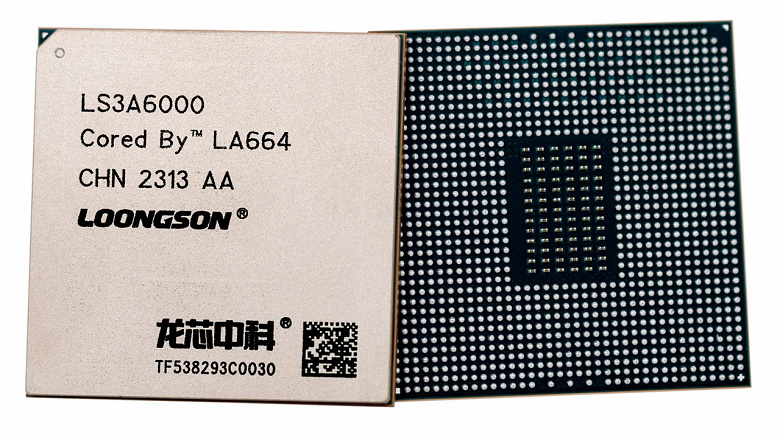Intel Promises Customers That 7nm Delay Will Not Affect 10nm Product Release Times
Investors were upset by Intel’s statements about problems with the development of 7nm technology, the company’s shares went into a prolonged decline. The company representatives say that problems with 7nm technology will not affect the timing of the next 10nm products, although some Intel customers are worried about this issue.
